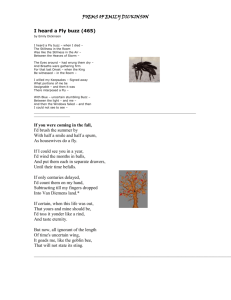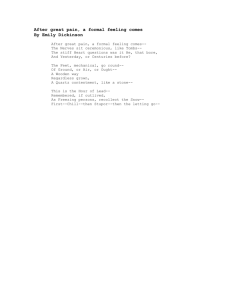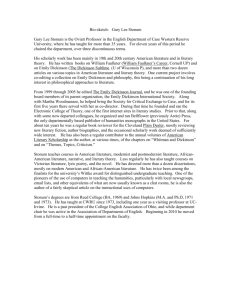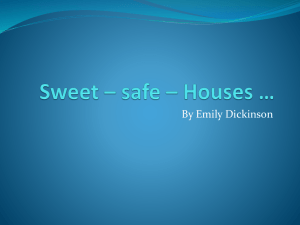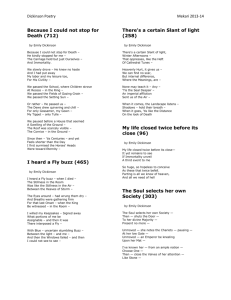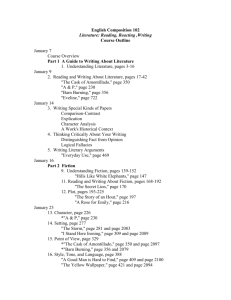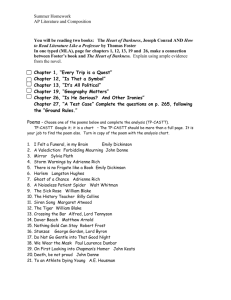Regarding Emily Dickinson's themes, the website Phoebe states
advertisement
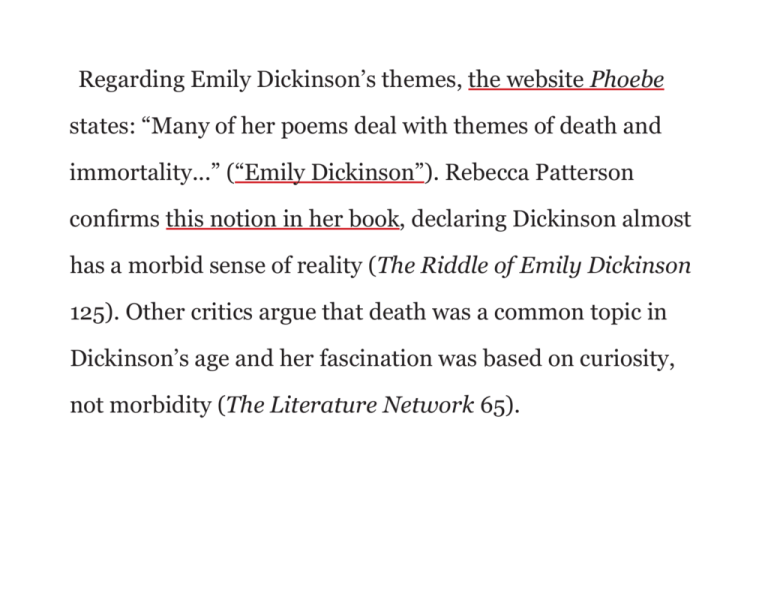
Regarding Emily Dickinson’s themes, the website Phoebe states: “Many of her poems deal with themes of death and immortality...” (“Emily Dickinson”). Rebecca Patterson confirms this notion in her book, declaring Dickinson almost has a morbid sense of reality (The Riddle of Emily Dickinson 125). Other critics argue that death was a common topic in Dickinson’s age and her fascination was based on curiosity, not morbidity (The Literature Network 65). Regarding Emily Dickinson’s themes, critics note: “Many of her poems deal with themes of death and immortality...” (“Emily Dickinson,” Phoebe). Rebecca Patterson confirms this notion in her book The Riddle of Emily Dickinson, declaring Dickinson almost has a morbid sense of reality (125). Other critics argue that death was a common topic in Dickinson’s age and her fascination was based on curiosity, not morbidity (The Literature Network 65). Regarding Emily Dickinson’s themes, the website Phoebe notes: “Many of her poems deal with themes of death and immortality...” (“Emily Dickinson”). Rebecca Patterson confirms this notion in her book, declaring Dickinson almost has a morbid sense of reality (125). Other critics, collected in a directory called The Literature Network, argue that death was a common topic in Dickinson’s age and her fascination was based on curiosity, not morbidity (65). Regarding Emily Dickinson’s themes, the website Phoebe notes: “Many of her poems deal with themes of death and immortality...” Rebecca Patterson confirms this notion in her book, declaring Dickinson almost has a morbid sense of reality (125). Other critics, such as Ralph Franklin, point out: “Because she withheld her poems from publication, rather than permit these characteristics of her work to receive editorial alteration, it is vital to read her poems as she intended them, with all their elements of difference and indeterminacy” (Emily Dickinson: A Reconsideration 366).
